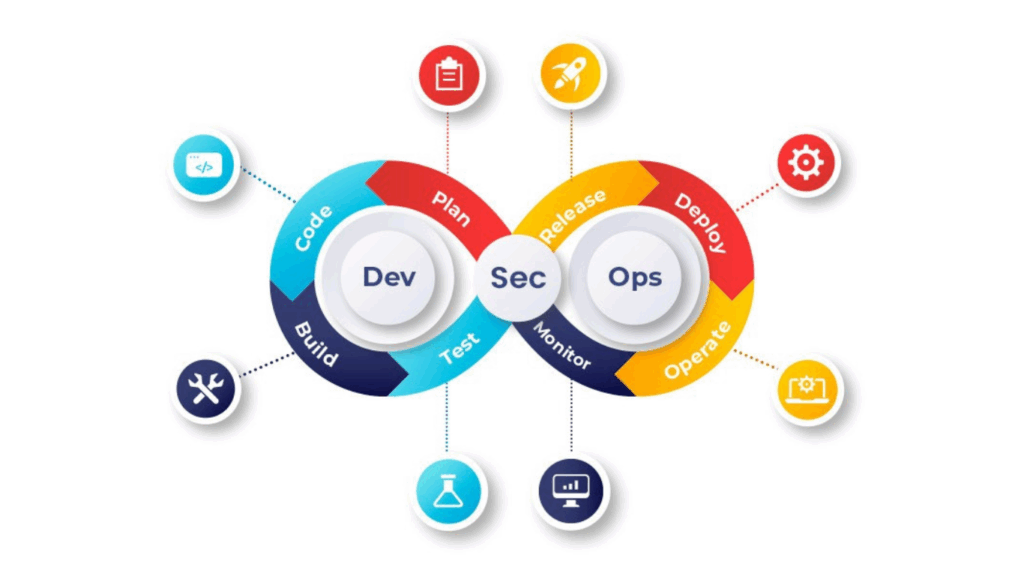A business analyst has two distinct habits. Advanced habits as well as Standard habits.
An advanced habit is something that goes above and beyond the basics, gives you flexibility in how or what you do, and results in stakeholder satisfaction. A standard habit is a routine BA practice you follow to achieve consistency and avoid regulatory problems to complete your job. Simply put, everyone should adopt basic habits, however advanced habits are what set a great Business Analyst apart from a decent Business Analyst. Standard Habits will be the main topic of this article.
You can check out the online business analysis certification course to learn more about business analysis. However, the following are some of the habits of a highly successful business analyst.
1.Make yourself heard.
On a typical day, a BA can anticipate spending about 4-5 hours (or more) straining their vocal cords in an effort to be heard. The following fundamental ideas are included in the first habit to enable good verbal communication:
Knowing your audience is important because one of a BA’s main duties is to “keep everyone on the same page.” Every member of a project team has various information needs. A developer wants to know where to source the values for a dropdown, whereas senior management is interested in knowing the project’s business value and dangers. The BA must be aware of the demands of the audience and adjust the communication accordingly.
Improve Delivery: If the audience is unable to follow along, all of a BA’s communication will be for nought. Here are some strategies to make sure your audience comprehends what you say:
- Speak slowly and pause after each point you make to give people a chance to answer. For phone calls, this is essential.
- When speaking to someone in person, make eye contact.
- Ask if the message has been understood by the audience. When appropriate, request a group member to provide a summary.
2.Make meetings count.
The second habit entails taking specific steps to ensure that meetings are successful and well-received.
An agenda need not be a formal document to be published. An email or meeting invitation’s body should only contain a few words. The fundamental tenet is that each participant understands the meeting’s context and is aware of the outcomes they are expected to produce.
Include meeting materials: Time-saving meeting materials that are given in advance will help you avoid wasting meetings on checking that everyone is looking at the same item. While Excel may require you to scale your content to fit on one readable page, the majority of office documents prepared with programs like Word and PowerPoint (PPT) are print ready by default. During a meeting, you don’t want participants poring over a number of pages, each with a few columns from a large report.
Maintain attention to the goals: We have all witnessed meetings stray from the main subject only to discover after the meeting that questions remain unanswered and action items are unclear. If this occurs, remind the audience of the goals. Put a sticky topic in the parking lot if necessary, then move on to the next item on the schedule.
Summarizing the main issues raised is crucial, and it should always be done at the conclusion of a meeting to avoid misunderstandings.
Call out the action items: Make a call for the action items at the conclusion of the meeting. An action item has no value if it doesn’t have an owner and a due date. Demand an anticipated time of arrival (ETA) from the owner for each item by calling out to them. Ask the owner for a deadline by which they will produce an ETA if they are evasive about the time.
Send Meeting Minutes: After an hour-long meeting, no one wants to spend an additional hour going through extensive notes. Concise Minutes are most effective. A few bullets containing commitments, action items (with their owners) and next steps should be enough in most cases.
3.Keep Documents Short and Simple.
Writing is the most difficult form of communication out of all of them. You are not there to introduce the subject, test the audience’s comprehension, and, if required, clear up any misunderstandings. This calls for documentation to be even more well-organized, succinct, and clear.
Adapt for your target audience: Similar to verbal communication, it’s critical to identify the document’s receiver. Identify the sections that relate to or do not apply to a certain audience by including a description of the anticipated audience upfront.
Keep it Organized: Take a minute to consider the document’s structure before entering the field-level information. Most of the time, it is beneficial to include a sentence or two describing the document’s goal, target audience, topics it will and won’t cover, and information sources. Starting with an abstract, move on to the flows in stages while saving supplemental information (such as data mappings) for the appendix.
Be Brief: Keep the paperwork to a minimum. Make sure the reading time is no more than 45 minutes. Compared to detailed writing, images and tables can fit a lot more information into a given space.
Be Consistent: Reading a document is made easier by consistency in style and terminology usage.
Spelling and grammar: Spelling and grammar errors convey a lack of care and low quality. This (apparently trivial) problem could cast doubt on the validity of the entire paper, even if it contains sound analysis and thorough information.
4.Update your “toolkit” regularly.
BAs work in a dynamic environment that requires regular skill gap analysis as well as staying informed and in touch with business requirements if you want to succeed.
Conclusion
If you want to be a highly productive business analyst, you must develop certain standard habits. You can enroll for a good online Business Analysis training platform to boost your qualities in Business Analysis.





























